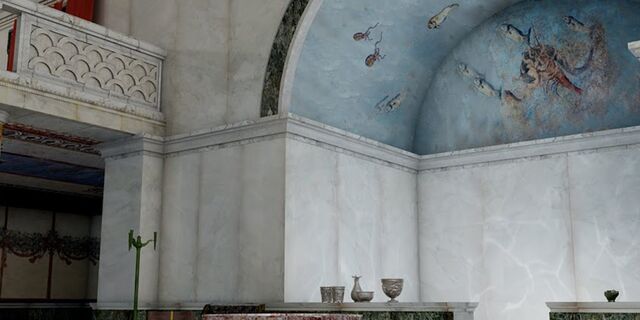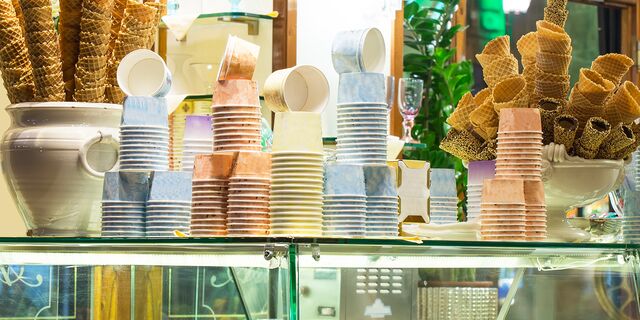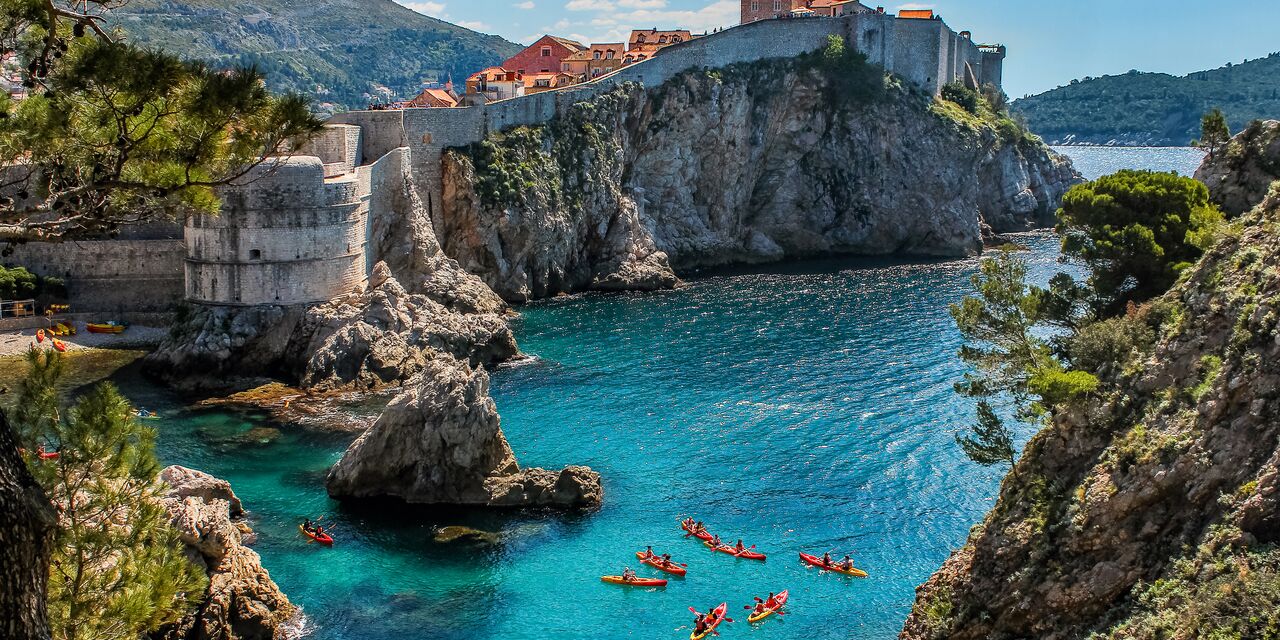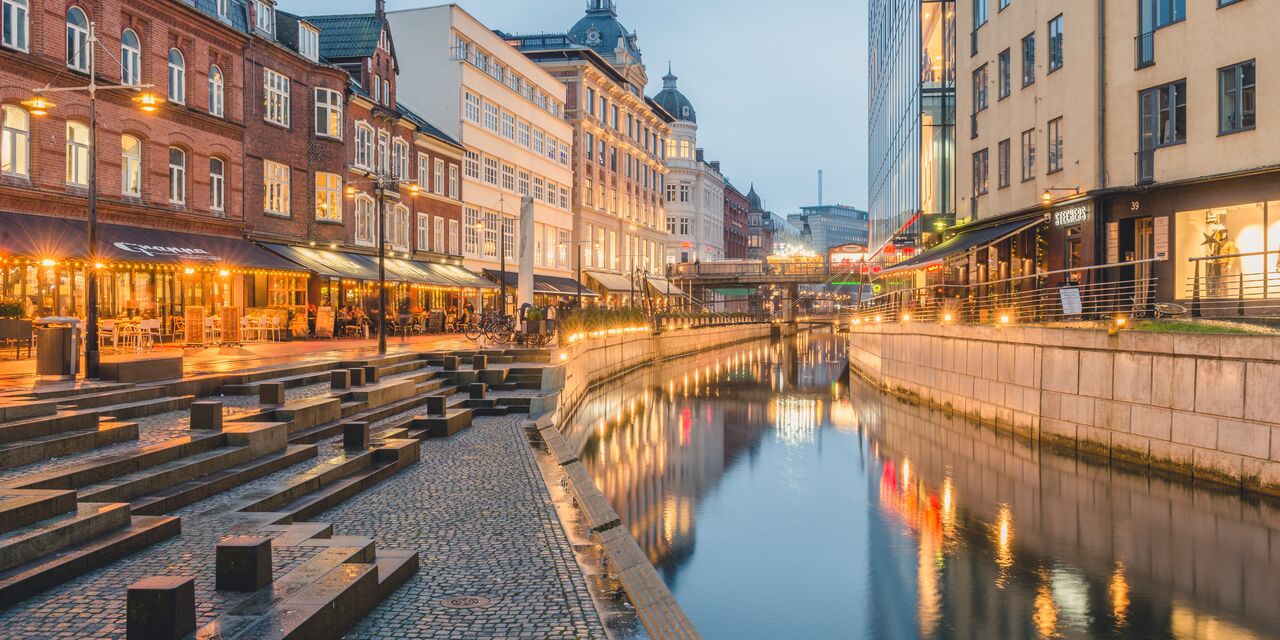
Mysterious void
At the beginning of the 20th century, de Chirico was greatly inspired by the writings of philosopher Friedrich Nietzsche. He attempted to convert the feel and mystique of the texts into paintings. In 1910, he moved from Munich to Florence where he created his first metaphysical painting: The Enigma of an Autumn Afternoon. This was the first work from the series of Italian city squares to which he would owe a large part of his later fame. These paintings are characterised by the mysterious emptiness and desolation radiated by the squares – rather like stepping into a dream world. De Chirico was therefore also a major influence for later surrealists, and far ahead of this movement. While the surrealists initially applauded his style, they quickly turned their backs on de Chirico when he became more interested in the Renaissance and Baroque periods in the early 1920s.

Paint tubes
A tour of the Casa Museo di Giorgio de Chirico offers a unique insight into the life of this artist. The 1950s furniture and classic 17th-century architecture make for a fascinating visit. The first floor was mainly used by de Chirico for receptions and entertaining visitors. Marble tables, damask curtains and golden frames generate a classical, luxurious atmosphere. The house comprises mainly of works from the period 1940-1950, including self-portraits and a portrait of de Chirico’s wife Isabella. The second floor is more intimate: these are the private rooms of the painter, including the bedrooms and, most impressively, his studio, which has been largely restored to its original condition. De Chirico’s paint tubes and original palette are strewn around, making it seem like the painter might enter the room at any time to resume work. The third floor contains a large terrace where de Chirico often took breaks while working. If you see it you will understand why: the view over Rome is phenomenal!
























